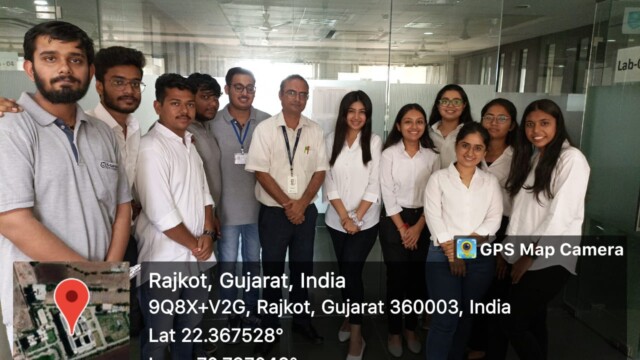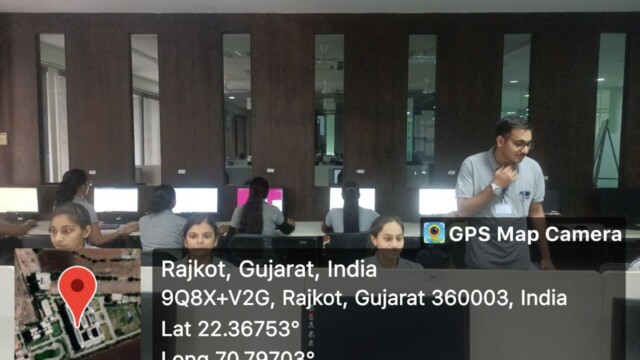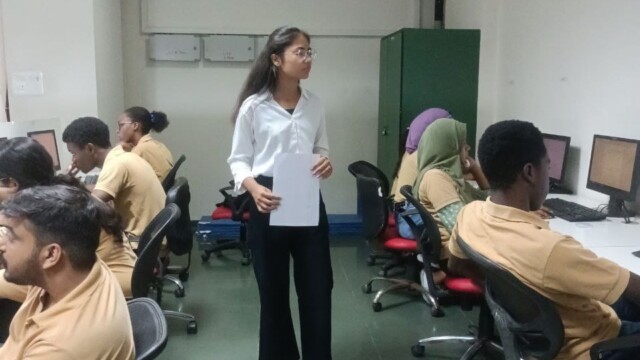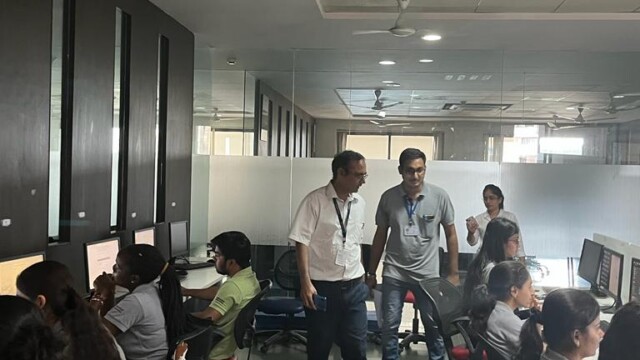Civil engineering is all about creating, building, and maintaining the backbone of our communities. Picture this: buildings that stand tall, bridges connecting places, roads guiding our way, and water systems ensuring our daily needs are met. It’s the work of civil engineers, the architects of our everyday environment. They make sure these structures are not just strong but also safe, efficient, and eco-friendly. Civil engineers tackle challenges from the drawing board to construction sites, aiming to enhance our quality of life through smart engineering solutions.
Now, if you’re thinking about diving into the world of civil engineering with a Diploma, look no further! MU is your go-to college in Gujarat, offering a dynamic course that opens doors to the exciting and impactful realm of civil engineering. It’s not just a diploma; it’s your ticket to shaping the future of our communities. Join MU and be part of the team that builds a better tomorrow!
-
Sustainable Construction
Imagine a future where buildings are not just strong but also environmentally conscious! In civil engineering, sustainable construction is taking center stage. We’re adopting materials and designs that are eco-friendly, ensuring our structures contribute positively to the environment. It’s like giving our buildings a green makeover, making them sturdy while reducing their impact on the planet.
-
Smart Infrastructure
Bridges, roads, and buildings with a brain? Absolutely! Civil engineering is getting smarter by incorporating artificial intelligence and automation into our infrastructure. This means our structures can communicate, monitor themselves, and even make decisions. It’s like giving our infrastructure a digital brain, making it not only robust but also intelligent and responsive to the world around it.
-
Advanced Materials
Welcome to the era of self-healing structures! Civil engineering is embracing advanced materials, including those influenced by artificial intelligence. Imagine materials that can detect and repair damage on their own, like self-healing concrete. It’s not science fiction; it’s the future of construction, where our buildings can maintain themselves, minimizing the need for constant human intervention.
-
Prefabrication and Modular Construction
Construction meets automation – it’s like magic in the making! In civil engineering, we’re incorporating automation into prefabrication and modular construction processes. This means robots and automated systems play a role in creating building components off-site, streamlining the construction process. It’s like watching automated systems put together a giant puzzle, making construction faster, efficient, and remarkably precise.
-
Inclusive and Diverse Practices
Building a future that reflects everyone! In civil engineering, inclusivity extends to embracing the diversity of thought and technology. Artificial intelligence is assisting us in creating more inclusive and innovative solutions. It’s like having a tech-savvy ally at the drawing board, ensuring that our structures are not only diverse in design but also inclusive in the way we approach problem-solving.
-
Energy-Efficient Designs
Efficiency meets intelligence in civil engineering! We’re integrating artificial intelligence into designs to optimize energy usage. Imagine structures that can adapt their energy consumption based on real-time data. It’s like having buildings that are not just energy-efficient but also smart enough to respond to their surroundings, making them more sustainable and eco-friendly.
-
Artificial Intelligence and Automation
In civil engineering, we’re ushering in a new age by integrating artificial intelligence (AI) and automation into our projects. AI is like the brainpower, enabling our structures to analyse data, make decisions, and even learn from experiences. Meanwhile, automation is the hands-on approach, employing robots and smart systems to carry out tasks traditionally done by humans.
Together, AI and automation revolutionise the way we conceive, design, and construct. From predictive maintenance using AI to automated fabrication processes, they ensure that our buildings are not just structures but living, adaptive entities. It’s like having a dynamic duo – the brains and brawn – working seamlessly to redefine the possibilities of civil engineering in the future.
Conclusion
In the ever-evolving world of civil engineering, the future is not just a destination; it’s an ongoing journey fueled by trends and innovations. As we navigate through sustainable construction practices, smart infrastructure developments, and advanced materials like self-healing concrete, we’re not merely building structures; we’re shaping the very fabric of our communities. Prefabrication and modular construction, coupled with inclusivity and diversity, are steering the course towards a more efficient and resilient industry.
With the infusion of artificial intelligence and automation, civil engineering transcends boundaries, creating structures that not only stand the test of time but adapt and evolve. This journey is not solely about bricks and mortar; it’s about building a sustainable, smart, and inclusive tomorrow. As we stand at the crossroads of tradition and innovation, the trends shaping civil engineering’s future underscore a commitment to progress, resilience, and a world where every structure tells a story of thoughtful engineering and a brighter future for all.
In the dynamic realm of civil engineering, where trends and innovations mold the future, pursuing a BTech in Civil Engineering becomes a pivotal choice. If you’re seeking the best engineering college in Gujarat, look no further than MU. Renowned for excellence in education, MU offers a comprehensive BTech program, shaping aspiring engineers.



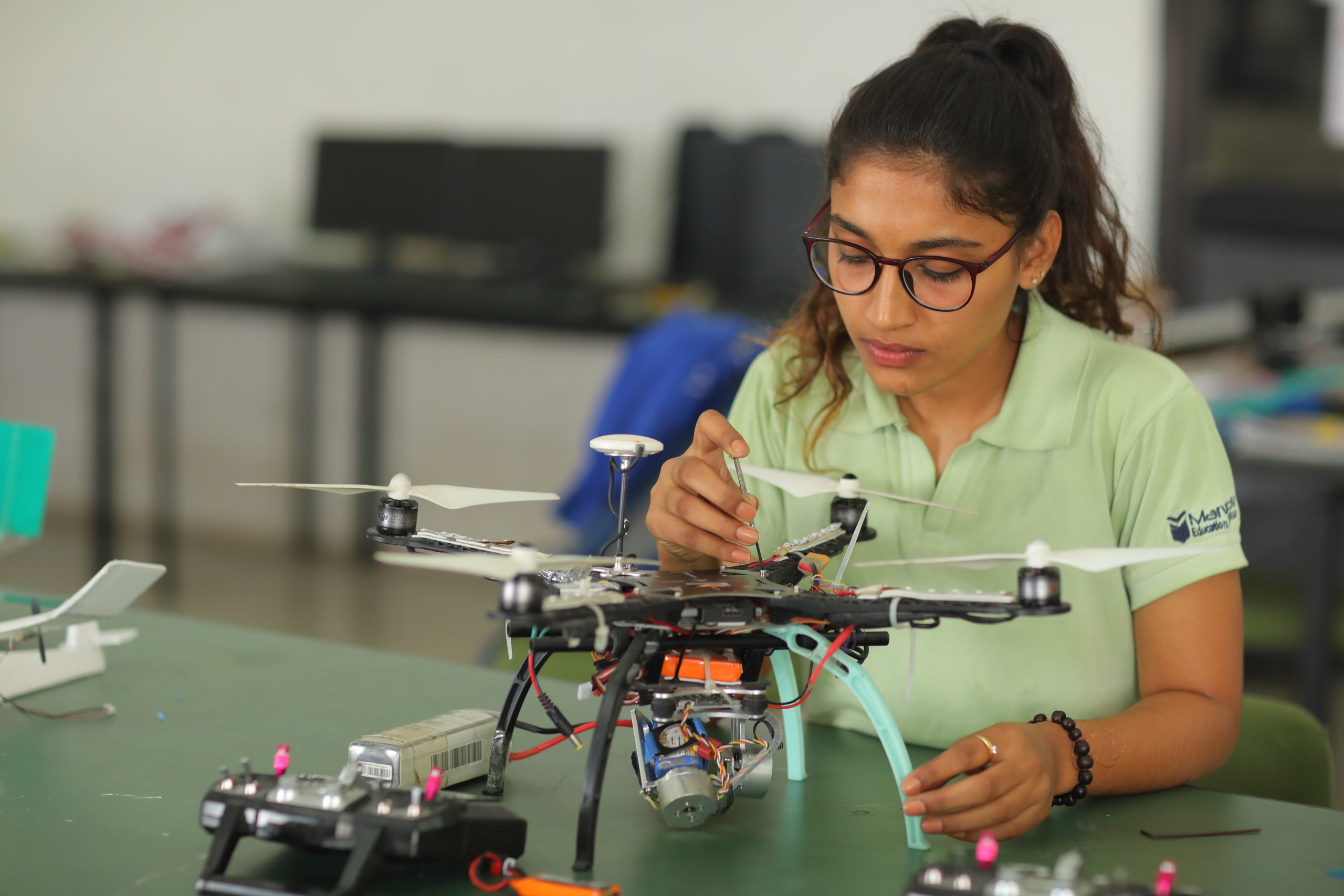

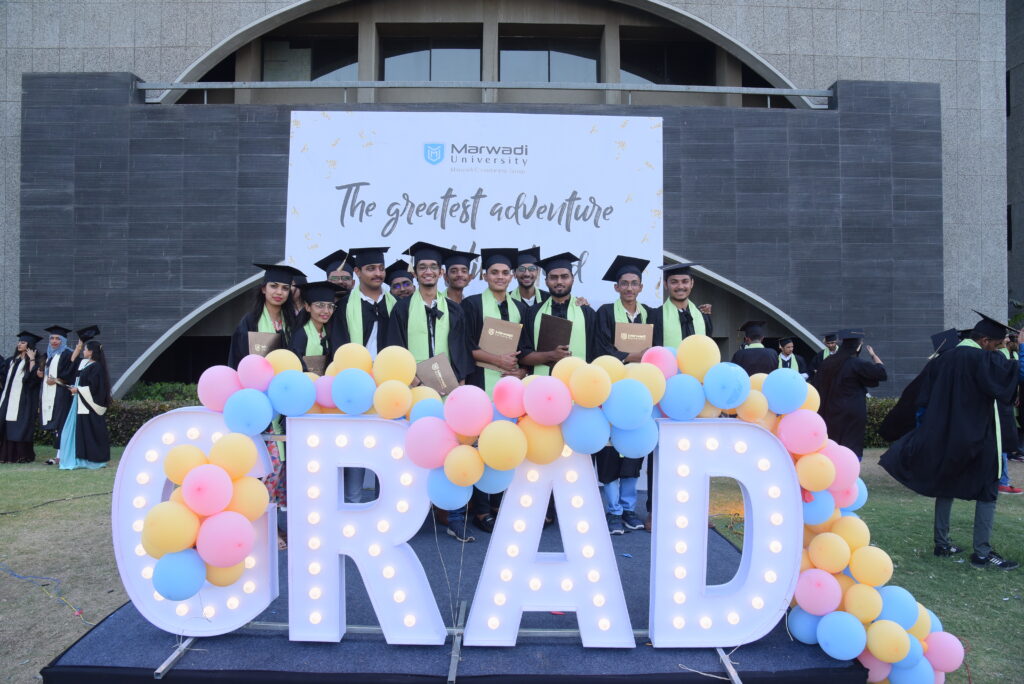
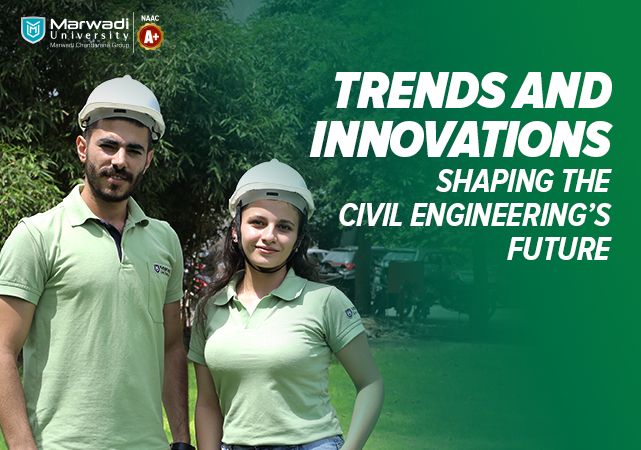









 International Airport
International Airport  Railway Station
Railway Station  GSRTC Bus Port
GSRTC Bus Port 